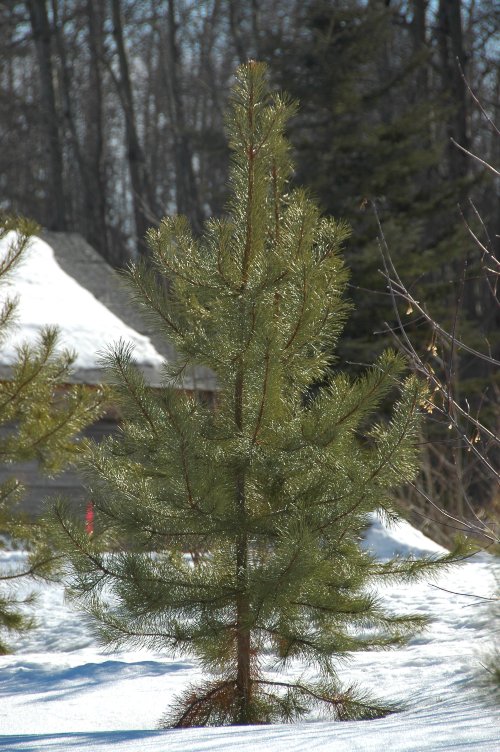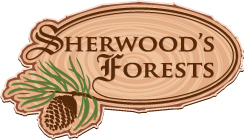Shelterbelts, Infrastructure, and Long Term Inventory
Shelterbelts provide nesting sites. Birds forage for insects and seeds on the surrounding open areas. Predatory wasps make their homes. I'm convinced that my large areas of nearby bush are most of the reason that I have little in the way of insect pests.
One of the techniques I started using two years ago: Park tree blocks on the north side of a shelterbelt. It gets some sun before 9 a.m. and after 3 p.m. but missing the noonday sun slows growth and decreases water usage. This provides a way of maintaining large inventories with less frequent transplanting, and less watering. At present I uses this for reclamation species, growing them for 1-2 years in styro, then moving them to shade. It also works for balsam fir and all the spruce.
A small grower has difficulty being ready for a large purchaser. The ability to maintain significant amounts of inventory at little expense is a major tool to achieve this.
Breaking the land up with shelterbelts also increases snow depth. Even a few inches extra makes a big difference in winter kill, and tends to keep the deer out. (Moose is another story.)
For significant expansion, some additional north south belts are needed.
In addition double up the current first and second rows from the south to provide denser shade for an increase in ‘parking’ shade.
The space between the access road and the row to the south can be made over into a retail area, and possibly more demo area.

Lodgepole Pine in our front yard.
Got something to say? Email me: sfinfo@sherwoods-forests.com
Interesting? Share this page.
![]() Share
Share
Want to talk right now? Talk to me: (8 am to 8 pm only, please) 1-780-848-2548
Back to Top
Copyright © 2008 - 2018 S. G. Botsford
Sherwood's Forests is located about 75 km southwest of Edmonton, Alberta. Please refer to the map on our Contact page for directions.
